I enjoy making homemade yogurt, but for years my version wasn’t as thick as the store-bought variety. So I experimented and found that adding a bit of grass-fed gelatin to the warm milk makes the yogurt thick and creamy.
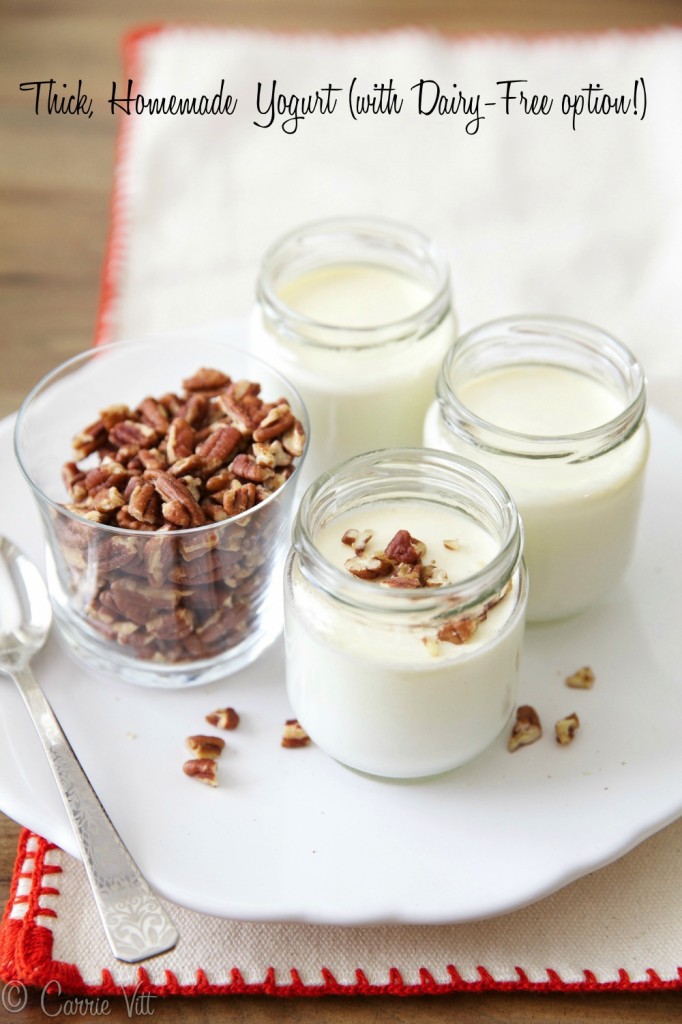
I tested this recipe with coconut milk and fresh unpasteurized milk; both methods worked perfectly. While I don’t like having lots of gadgets in my kitchen, I do love using a yogurt maker. The one I use creates nice single portions of yogurt to put in the fridge. If you don’t have a yogurt maker, check out this oven method.
Thick, Homemade Yogurt (with Dairy-Free Options)
If you’re hesitant to use gelatin, this post about the many health benefits of grass-fed gelatin might answer some questions for you.
- Cook Time: 10 minutes
- Total Time: 7 hours
- Yield: Makes about 4 cups
- Category: Snack
- Diet: Gluten Free
Ingredients
- 4 cups whole milk or canned coconut milk
- 1 3/4 teaspoons grass-fed gelatin
- 3 tablespoons yogurt from previous culture (or you could purchase a yogurt starter from Cultures for Health)
Instructions
- Pour milk into a medium saucepan. Heat to 115ºF (this is the thermometer I use). Remove from heat. While whisking, slowly pour in gelatin and continue to whisk until dissolved. Cool mixture to 110ºF. Whisk in yogurt. Pour mixture into your glass yogurt cups if using a yogurt maker, or follow these directions to make in the oven. Incubate at 110ºF for 6 hours. Chill completely. Serve.
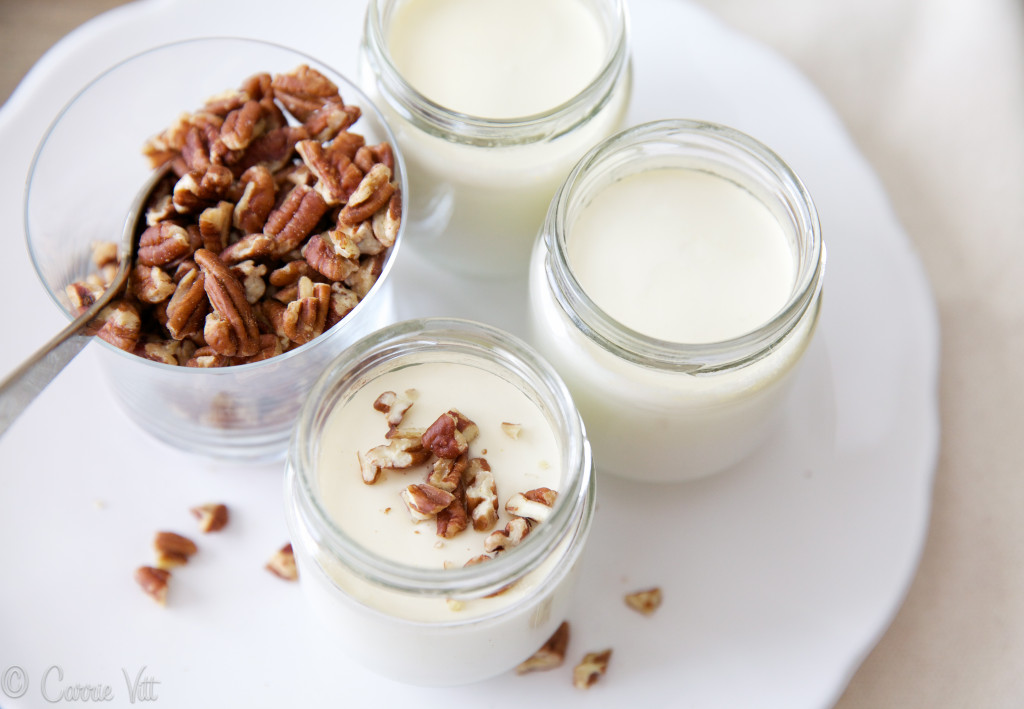
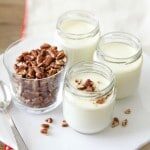
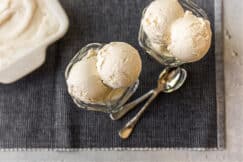
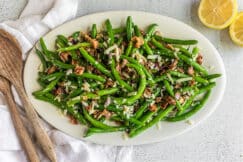

85 Comments